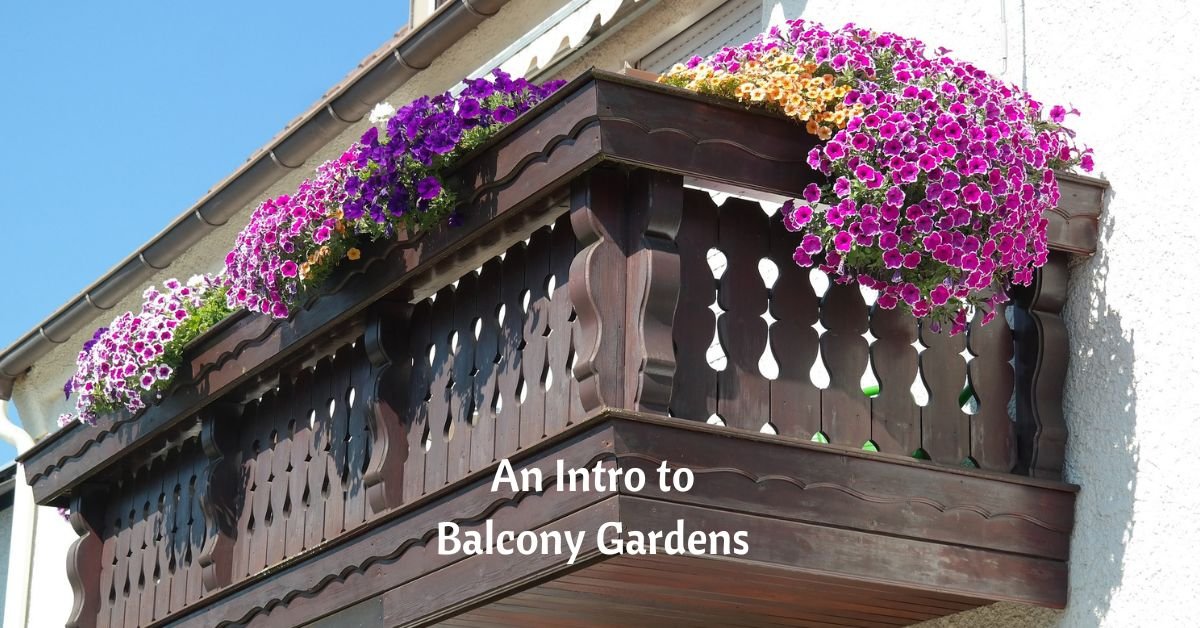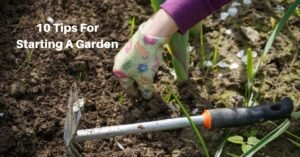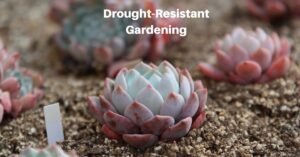Living in an apartment doesn’t mean you can’t enjoy the wonders of gardening. Balcony gardens are a fantastic way to bring a touch of nature to your doorstep.
You may have limits when it comes to space, but you can definitely enjoy flowers, veggies, herbs, and more right on your apartment’s balcony. Here, let’s talk about choosing the right plants, picking appropriate containers, and facing challenges like sunlight and watering.
Choosing the Right Plants
Even with a limited area, you can still have many options regarding the type of plants you can grow. You can cultivate almost anything on a balcony, just in smaller amounts!
Blooming Beauties
Your balcony can be a burst of color with flowers like petunias, geraniums, and marigolds. These look pretty and attract butterflies and bees, making your area a small ecosystem.
Veggies Up High
Even without a backyard, you can grow veggies. Cherry tomatoes, peppers, and lettuce do well in pots. Be sure the containers are deep enough, and use good soil for a fruitful harvest.
Herbs Galore
Herbs like basil, mint, rosemary, and thyme are perfect for pots. They enhance your cooking and bring delightful scents to your balcony.
Other Cool Plants
Try out succulents and ornamental grasses for variety. These plants are easy to care for and add a unique touch to your balcony.
Containers and Planters
Of course, plants on your balcony have to be in planters. These come in all sizes, but you’ll have to choose containers appropriate for the plants you’d like to grow.
Picking the Right Pots
The type of containers you choose is vital for your balcony garden. Lightweight materials like plastic or fiberglass are good options. Make sure there are holes at the bottom for water drainage.
Hang It Up
Save space by using hanging planters or creating vertical gardens. This looks great and lets you grow more plants in a small area. Hanging grow bags are a good choice, too; you can attach them to a wall to get the most out of your limited space.
Self-Watering Magic
For those with a busy schedule, self-watering containers are a game-changer. They have reservoirs that supply water as needed. This helps prevent overwatering or underwatering. You’ll still have to add water to these reservoirs occasionally, but you won’t have to worry about it as often.
Sunlight and Positioning
Sunlight Savvy
Different plants need different amounts of sunlight. Check how much sunlight your balcony gets – full sun, partial sun, or shade – and choose plants accordingly. Most flowers love full sun, while some veggies and herbs are okay with a bit of shade.
Move Them Around
Of course, the position of your building and the design of your balcony mean that sunlight may not reach every part of your space evenly. Move your pots around to help each plant get its fair share of sunshine.
Watering
Get into a Routine
Balcony gardens dry out quickly, especially in hot weather. Set up a regular watering routine, especially during dry spells. Water deeply but make sure excess water can drain away.
Mulch It Up
Add a layer of mulch on the soil surface to keep moisture in. Mulching not only saves water but also helps keep your balcony garden tidy.
Temperature Tips
Shielding from Extreme Weather
Balconies can face extreme weather. When it’s hot, provide some shade for your plants to prevent them from drying out. In colder periods, bring delicate plants inside or cover them to protect them from frost.
Caring for Your Balcony Garden
Trim and Tidy
Keep your plants healthy by trimming them regularly. Removing old flowers – known as deadheading – encourages new growth and more blooms.
Feed Your Plants
Give your plants the nutrients they need with a water-soluble fertilizer. Choose an appropriate fertilizer by following the instructions on your plant’s seed packet or the tag from your seedling. Follow the instructions on the fertilizer bag or bottle to avoid overusing it.
Creating a balcony garden is a great way to add beauty to your living space and provide an outlet for your love of gardening. With some care, you can turn it into a blooming paradise. You can enjoy the benefits of gardening even in the heart of the city, and watch as your balcony becomes a lively celebration of nature.









